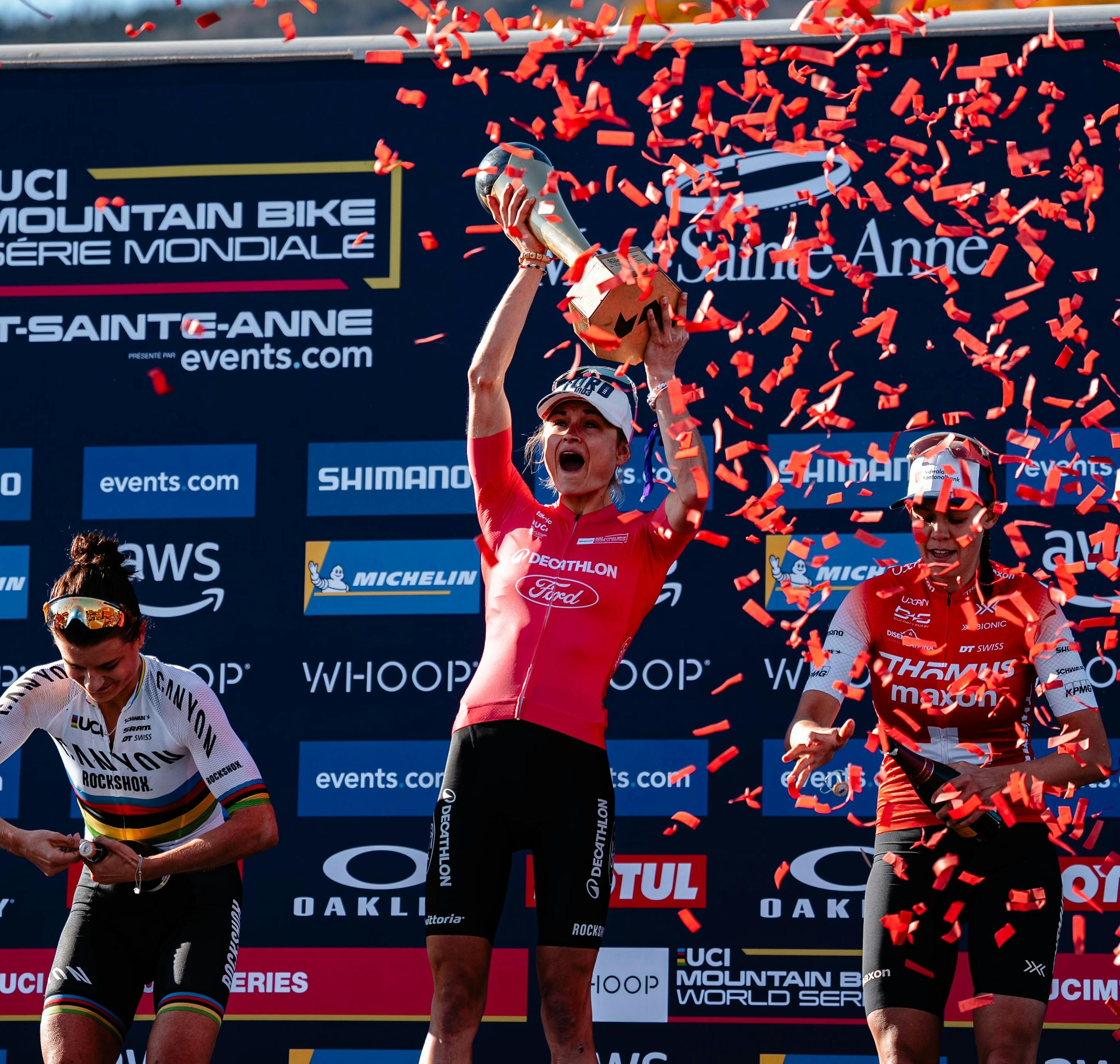Which helmet for alpine skiing?
Size, ventilation, weight: everything you need to know. For alpine skiing, it is essential to be well-equipped. Your safety primarily depends on optimal protection and an essential accessory: the helmet. Ventilation, weight, certifications... Here are the key criteria for choosing the best alpine ski helmet.

ALPINE SKIING: WHAT SHOULD MY HELMET INCLUDE?
There's no shortage of choices for alpine ski helmets! However, not all products have the same features, some of which are essential to ensure your comfort and safety. To fully enjoy your skiing sessions, we recommend choosing a helmet with:
An adjustable size: This criterion is essential because a helmet that is too large or too small will not protect you effectively. For comfort, a dial adjustment system offers a high level of precision and a perfect fit.
Good ventilation: To allow air to circulate, your helmet should have a ventilation system with multiple openings. These help to efficiently evacuate sweat and heat, maintaining a comfortable temperature while you ski.
Lightweight: With lightweight protection, you can ski without any discomfort throughout the day. Less weight means less fatigue. Some helmets are made with In-Mold technology, which fuses the outer shell and the internal EPS foam part. As a result, the helmet consists of a single piece and is feather-light, weighing less than 400 grams.
EN 1077 and EN 12492 standards: In terms of safety, the European standard EN 1077 is the benchmark for downhill skiing activities. The EN 12492 standard certifies that your helmet is suitable for mountaineering and meets strict design and performance requirements. With these two certifications, you will enjoy optimal protection for your ski-mountaineering sessions.
Removable lining and attachments (mask and headlamp): These are the details that make a difference! For good hygiene, ensure that the helmet's lining is removable and washable. The shell should also include a system to hold the elastic band of the mask and prevent it from being lost. Moreover, ski-mountaineering or ski touring activities are long and often involve starting early in the morning and returning late in the afternoon. That's why it's important for your helmet to have attachments for a headlamp. Make sure it is compatible with your helmet and offers enough power to illuminate the slopes.
Good to know
Alpine skiing, ski touring, freeride: each discipline has its helmet. To ensure the best possible protection, helmets are adapted to the specifics and needs of each practice. However, there are no technical differences between a ski helmet and a snowboard helmet.
HOW TO CHOOSE THE RIGHT HELMET SIZE?
Found a model you like? Before you buy and hit the slopes, make sure it fits you. First step: measure your head circumference with a tape measure. Like a headband, place it at your forehead and about 2 cm above your eyebrows. You will get a measurement between 52 cm and 67 cm.
To test your helmet, make head movements up and down, then from right to left. If it's the right size, it will stay in place and perfectly fit the shape of your head. If, on the contrary, you feel discomfort or a sensation of pressure, try a size up and repeat the test.
Finally, check its compatibility with your ski mask.
Also read: How to take control of the ventilation of your mask?
THE PEAK LT, robust and reliable protection for alpine skiing Dually certified for mountaineering and alpine skiing, our helmet THE PEAK LT ensures optimal protection, regardless of the terrain. In its design, we made no compromises to ensure it is lightweight, sturdy, and comfortable. It can be used in the dead of winter, in extreme cold, on the north face, or alternatively in milder temperatures for spring skiing thanks to a removable lining. For added practicality, it features several ventilation openings and loops to attach a headlamp. An essential model for racing down snow-covered peaks!






